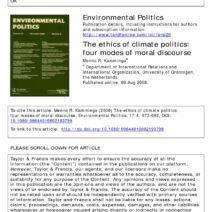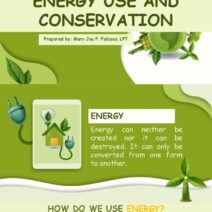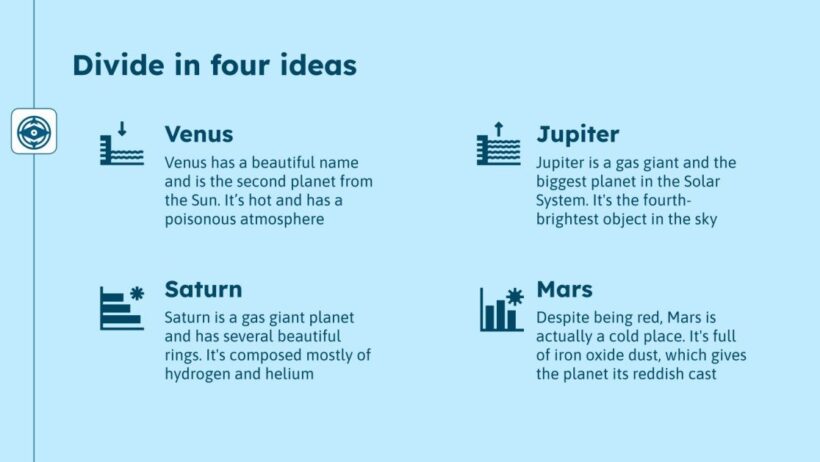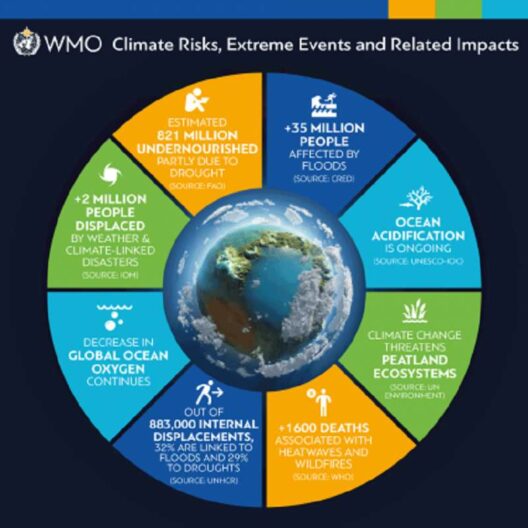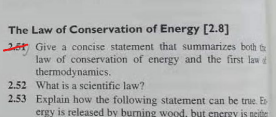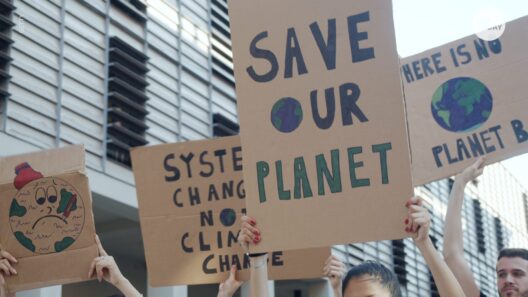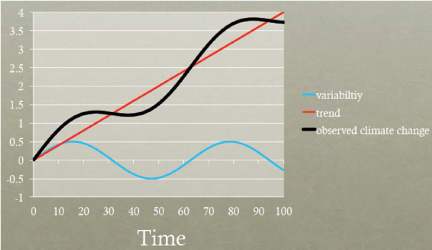Understanding the distinction between weather and climate is essential for informed discussions about environmental issues and sustainability. While they are often used interchangeably in casual conversation, they represent fundamentally different concepts rooted in atmospheric science. This article aims to elucidate these differences, highlighting the significance of understanding both phenomena in the context of a rapidly changing environment.
Weather refers to short-term atmospheric conditions in a specific location, while climate represents the long-term average of those conditions over an extensive period. Thus, distinguishing between these two elements helps clarify discussions about environmental change and its implications for society.
In today’s world, where climate change is a pivotal topic affecting every living organism on Earth, an understanding of both terms is increasingly paramount. Climate science informs us not only about potential weather patterns but, more importantly, the adaptations necessary for communities and ecosystems in an era of unpredictability.
When discussing these concepts, it’s useful to delve deeper into their specific characteristics, variations, and implications.
The Essentials of Weather: The Immediate State of Earth’s Atmosphere
Weather encompasses the various atmospheric phenomena that we experience on a daily basis, such as temperature, humidity, precipitation, wind, and visibility. These phenomena can change from minute to minute or hour to hour. For instance, a sunny morning can swell into an unexpected thunderstorm by afternoon. Meteorologists use advanced technology, such as radar and satellites, to monitor these rapid changes, issuing forecasts that serve to inform the public about expected conditions for the day or week ahead.
To put it simply, weather is actionable information; it can dictate what to wear, whether to carry an umbrella, or how to plan an outdoor event. Its variability also includes extreme events like hurricanes, tornadoes, and blizzards, which can have immediate and devastating consequences on communities.
Weather is traditionally measured using tools such as thermometers for temperature, barometers for atmospheric pressure, anemometers for wind speed, and rain gauges for precipitation. Data collected is juxtaposed to create a dynamic understanding of the immediate atmospheric state.
The Fabric of Climate: Patterns Over Time
On the other hand, climate is the long-term aggregate of weather patterns observed over decades or even centuries. It is often quantified through averages, such as the mean annual temperature or total yearly precipitation, derived from comprehensive data gathering across various geographic locations. Understanding climate requires looking beyond individual weather events to identify trends and patterns, which can reveal how climates are shifting over time.
For instance, a region might be characterized by a Mediterranean climate, featuring hot, dry summers and mild, wet winters. However, climate change may alter these established norms, resulting in prolonged droughts or unexpected rainfall patterns. Thus, while individual weather occurrences can be unpredictable, climate change presents a more insidious challenge that manifests across years, impacting ecosystems, agriculture, and human health.
Understanding climate requires a more holistic approach involving disciplines such as oceanography, geology, and environmental science. Researchers use climate models that simulate atmospheric conditions and offer projections about future climate scenarios based on variable factors, including greenhouse gas emissions and natural processes like volcanic eruptions.
Interconnectedness: How Weather Influences Climate and Vice Versa
The relationship between weather and climate is intricate and multifaceted. Weather patterns contribute to the climatic makeup of regions, while climate influences prevailing weather patterns. For instance, consistent high-pressure systems can lead to extended periods of drought, ultimately impacting regional climate averages. Similarly, a sequence of atypically cold fronts can alter the historical climate patterns that are typically associated with specific areas.
This interconnectedness is vital in understanding broader environmental issues, such as biodiversity loss and habitat degradation. For instance, shifts in climate zones due to changing weather patterns can lead to the migration or extinction of various species, reflecting broader ecological consequences. The conservation of biodiversity is increasingly tested as species struggle to adapt to rapid changes in their climate and immediate weather conditions.
Moreover, the implications of this relationship extend beyond natural ecosystems to human societies, affecting agriculture, health, water supply, and economies. Events such as heatwaves, floods, and wildfires, rooted in immediate weather shifts, can disrupt food security and public health, all while being exacerbated by long-term climatic trends.
Addressing Key Concerns: Why Understanding Both Is Crucial
In the context of the urgent climate crisis, the distinction between weather and climate is more than academic; it reflects real-world challenges and solutions. Misunderstanding or oversimplifying these two concepts may lead to ineffective policies or societal apathy regarding environmental sustainability.
Public awareness campaigns that clarify this differentiation will empower communities to recognize immediate weather events as part of broader climate dialogues. For instance, witnessing an anomalously cold winter shouldn’t generate confusion about global warming; rather, it becomes a piece of a complex puzzle depicting long-term climatic shifts exacerbated by multifaceted variables.
In conclusion, grasping the nuances between weather and climate plays an instrumental role in addressing environmental challenges. As we navigate the realities of climate change, fostering a more informed public will prove vital in implementing sustainable practices, policy formulation, and community resilience in the face of an uncertain future.

